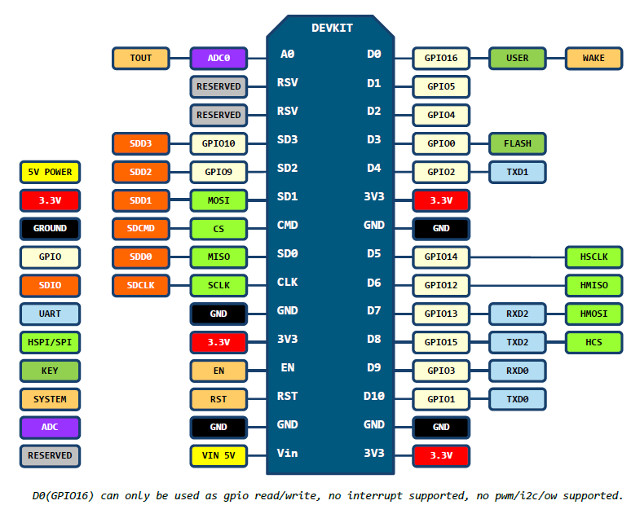The basics of electronic components/theory is where I'll begin this post. Several websites explain in great detail. However, I learn at a visual and 'example' level, if there's no scenario of the device or example in production i really do no grasp it. So, this may seem overboard however it's the way I learn.
We have two standards of Electronic Signal:
- AC (Alternating Current):
- Current is constantly reversing, Telsa's answer to Edison's Direct Current limitation. The Rate of Reversal is measured in Hertz
- DC (Direct Current):
- Flows in one direction between Power and ground. There's always a positive source of voltage and ground.
Electricity is typically defined as having a voltage and current rating(AMP). Electricity can also be defined in resistant and watts. Never exceed the Wattage rating of a component, you can Calculate the wattage, by V * I(AMP). For Example:
A Laptop Power supply which supplies 20Vs at 3.25Amps. Equals power delivery of 65Watts.
20 * 3.25 = 65
Circuits:
Closed Circuit - Allow the flow of electricity between power and ground
Open Circuit - Would break the flow of electricity between power and ground
Resistance:
Electricity in a circuit must be used. Also, electronic devices need some type of resistance in their circuity. If not, those electronic devices will short circuit, or burn. It's very important to know that Positive is never directly connected to ground. Also remember that a switch will not add resistance to a circuit. If you were to connect a switch between + and -, the circuit will short.
Series VS. Parallel:
Series - circuits are wired one after another, such that electricity has to pass through one component to the next.
Parallel - Wired side-by-side, such that electricity passes through all components at the same time.







